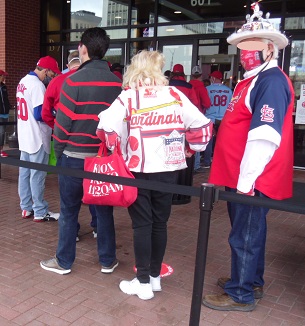| Back to Back Issues Page |
 |
|
Useful Community Plus April 15, 2021 |
In This Issue: Challenging Your Neighborhood to Excel, Good Reading
April, 2021
Visit us at the Useful Community Development Website 
Sports fans revel in their team being better than someone else's, but in communities, channel the desire to be "better than" productively rather than looking over your shoulder at some other neighborhood. Below are our discussion starters. 
We wrote a page about when to consider community land trusts in an urban setting. We plan one or more additional pages about rural CLT's and/or the land trust for conservation or sustainability purposes. We also published a major revision to the government housing assistance page, incorporating the information from an older government grants page we once wrote. As usual, we also answered some website visitors' questions: Why do community development projects fail? Can a new residence be built on a narrow lot in the Treme neighborhood of New Orleans? Is a church parking lot a common area? Is a city moratorium on development advisable? How does zoning pertain to condos?
An excellent new report gives a good description of why and how communities of color and low-income folks are concentrated in specific geographies and isolated from the social networks they need. Authors propose an action strategy to build what they call community-rooted economic inclusion. No less than the National Association of Realtors has recognized that yesterday's suburbs don't fit tomorrow's lifestyle preferences perfectly. Read this for a succinct description of ways to shape your suburb for 21st century tastes. (Besides, this dovetails perfectly with our suburban retrofit page and several others on our website.) We also were impressed with a new article from Allan Mallach on the further decline of African-American middle-income neighborhoods in older American cities between 2000 and 2018. You can download the Making the Comeback report to read about what the data show and proposed solutions.
We will be back on a Thursday next month. Feel free to reply to this newsletter with comments. If you are asking a new question, please use the public-facing community development questions page on the website.
|
| Back to Back Issues Page |

